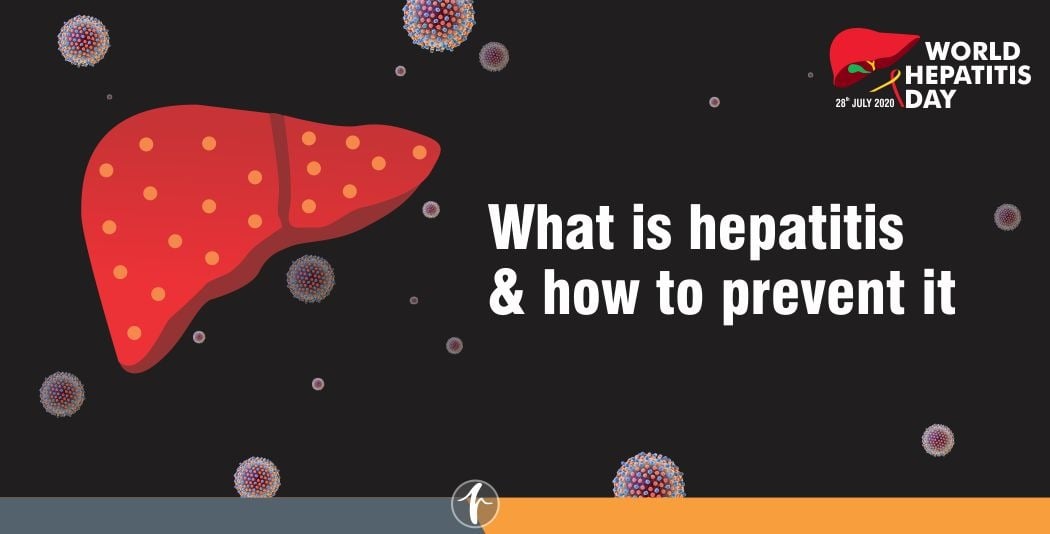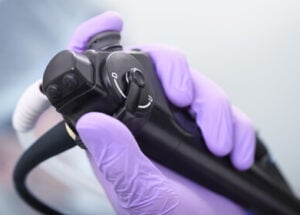Developmental Dysplasia of the Hip: Causes, Symptoms & Treatment
April 14, 2025

Developmental Dysplasia of the hip (DDH or hip dysplasia), a relatively common condition in the developing hip joint, occurs once in every 1000 live births. The hip joint is made up of a ball(femur) and a socket (acetabulum). In DDH, this joint may be unstable with the ball slipping in and out of the socket.
In addition, the socket is often shallow, increasing a person’s risk of developing arthritis and joint pain later in life. Hip dysplasia has a wide range of severity, ranging from a mildly shallow hip socket to a completely dislocated hip joint.
The greatest incidence of DDH occurs in first-born female children with a history of a close relative with the condition and/or a history of breech position in utero.
Causes
The exact causes of hip dysplasia are unknown. However, it is likely that many factors, such as environmental and genetic causes, play a role.
First-born babies are at higher risk since the uterus is small and there is limited room for the baby to move, which affects the development of the hip. Other risk factors may include the following:
Family history of developmental dysplasia of the hip, or very flexible ligaments
Position of the baby in the uterus, especially with breech presentations
Associations with other orthopaedic problems that include metatarsus adductus, clubfoot deformity, congenital conditions, and other syndromes
Frequent swaddling with the hips out straight (extended)
Risk factors of DDH
Owing to the small size of the uterus, the foetus does not have enough space to move around, hence leading to a higher risk of DDH.
Other factors may include:
- Family history of DDH, or extremely flexible ligaments
- Foetal position, especially with breech presentation
- Associations with other orthopaedic problems that include metatarsus adductus, clubfoot deformity, congenital conditions, and other syndromes
- Frequent swaddling with the hips extended (out straight)
Symptoms
The symptoms of hip dysplasia are often very subtle during the newborn period. Hip dysplasia is painless during infancy and early childhood, though it can cause pain and disability later in life if left untreated. Characteristic findings that raise a suspicion for DDH include:
Symptoms:
- The leg appears shorter on the side of the dislocated hip
- The affected leg does not spread as widely as the normal side
- Folds in the skin of the thigh or buttocks appear uneven
- ‘Clunk’ felt with diaper changes or other positions of the leg
- Depending on the severity, the child may have a limp or ‘waddle’ while walking or running
- Pain and leg length differences can develop during adolescence
- Residual shallowness in the hip socket is thought to be the primary cause of arthritis
Diagnosis
DDH is sometimes noted at birth when the paediatrician or the newborn specialist screens newborn babies at the hospital. Your baby’s physician may make the diagnosis with a clinical examination. The physician obtains a complete prenatal and birth history of the baby and enquires about the familial history of DDH. However, DDH may not be discovered until later stages of evaluation and can not be diagnosed with just physical examination.
Diagnostic Procedures:
- Ultrasound (also called Sonography) – this uses high-frequency sound waves and a computer to create images of the baby’s hip joint. This uses no radiation and is best for younger infants for whom the hip joint is still made of cartilage.
- X-Ray – this uses invisible electromagnetic energy beams to produce images of the hip joint. This is the standard test used to diagnose or monitor DDH after 6 months of age.
- Computed Tomography scan (CT scan) – this uses a combination of X-rays and computer technology to produce cross-sectional images, both horizontal and vertical images. Though they are usually not used to diagnose, it is used to confirm hip position after treatment. It shows detailed images of the hip and assesses the three-dimensional shape of the bones and the joint.
- Magnetic resonance imaging (MRI) – this uses a combination of large magnets, radio frequencies, and a computer to produce detailed images of the hip. MRIs do not expose infants to radiation and hence, the best way to look at the soft tissues around and in the hip joint.
Treatment
Specific treatment for DDH will be determined by your physician.
It mainly depends:
- Baby’s gestational age, overall health, and medical history
- Severity of the condition
- Baby’s tolerance for specific medications, procedures, or therapies
- Your opinion or preference
The goal of the treatment for DDH is to place the femoral head back into the socket of the hip and to deepen the socket for the hip to move normally.
Treatment options vary for babies and may include:
Pavlik Harness
The Pavlik Harness is used on babies up to 6 months of age to guide the hip into place, while allowing the legs to move a little. The harness is put on by your baby’s physician and is usually worn full time for over several weeks, then part-time for an additional number of weeks.
During the course of treatment, ultrasound (or x-ray) is used to check hip placement and the development of the socket.
Most hips in infants can be successfully treated with the Pavlik harness; sometimes, they may continue to be partially or completely dislocated.
Body Casting (Spica Casting)
If the harness and/or the brace are unsuccessful, a procedure under anaesthesia may be required to put the hip back into place manually, also known as a closed reduction. If successful, a custom moulded body cast (called a spica cast) is put on the baby to hold the hip in place. The hip spica cast is usually applied from the chest down to the ankle of the affected side and usually includes part of the opposite leg as well.
The spica cast is worn for approximately three to six months. To accommodate the baby’s growth and hygiene, the cast is changed from time to time. Following the cast, a brace and/or physical therapy may be necessary to promote deepening of the hip socket and strengthen the muscles.
Surgery
If a closed reduction is not successful, the next line of treatment is surgery – open reduction, to reposition the ball within the socket. In this, the surgeon directly visualises the ball and the socket by opening the hip joint. After an open reduction, infants will require a spica cast, but generally for less time than after a closed reduction.
Long-term Outlook for a Baby with DDH
Screening of newborns for DDH has allowed for earlier detection. If identified early, treatment generally entails a harness or brace. The older a child is, the more likely it is that a surgery becomes necessary.
Continued follow-up, even after successful treatment of DDH, is important in an infant because, as a child grows, the socket needs to be monitored to be sure that it is developing properly. Occasionally, additional surgeries will be needed to help deepen a socket and minimise the risk of arthritis as an adult.
Frequently Asked Questions
1. How common is hip dysplasia?
Hip dysplasia, or developmental dysplasia of the hip (DDH), is relatively common, especially in newborns. About 1 in 10 newborns have hip instability at birth, though most cases resolve on their own. Around 1 in 100 infants require treatment for DDH, and 1 in 500 are born with a fully dislocated hip. The condition is more common in girls (1 in 600) than boys (1 in 3,000), and the left hip is affected more often. In adults, hip dysplasia can lead to early hip arthritis and is found in 2.3% to 5.2% of asymptomatic individuals.
2. Is there a way to prevent hip dysplasia?
Hip dysplasia can’t be fully avoided, as it often results from the natural shape of the hip joint. It’s not something you or your child can prevent. However, speaking with your healthcare provider can help you learn how to support healthy hip development in your baby and avoid unnecessary stress on their joints.






